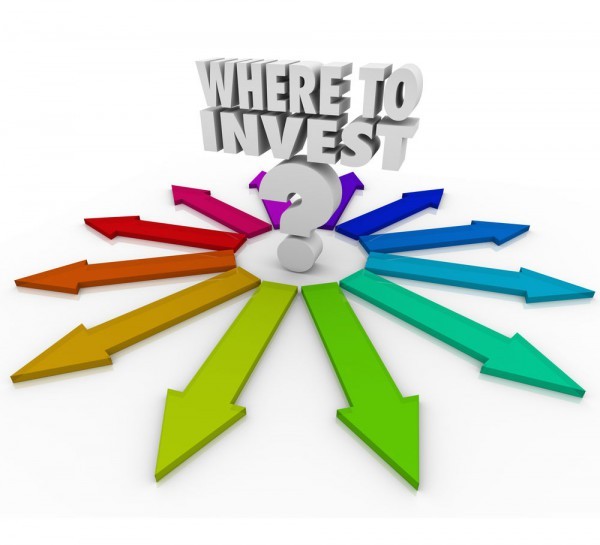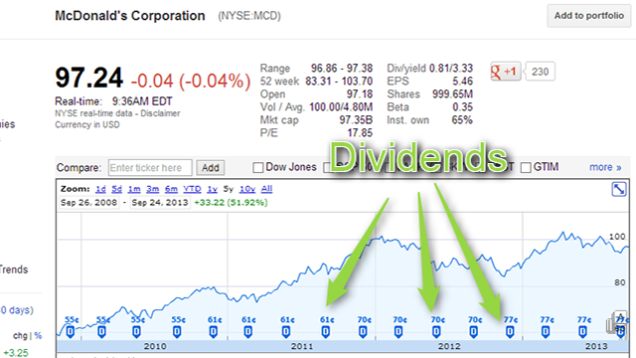5 Ways to Measure Investment Risk Stock Trading To Go
Post on: 3 Апрель, 2015 No Comment

Most of these articles have dealt with how investors make decisions about which assets to buy and when to sell them. Financial theory tells us that we should aim to create portfolios whereby we maximize gains for a set level of risk. This is easy to understand, but it leaves open one general question—how do we define risk?
Finance literature largely describes risk as volatility of returns. Based on my experience, I find this definition inadequate. When markets are moving higher and people are making money, risk is often discarded. After all, many people say they would rather make a rocky 20% than a predictable 5%. However, when prices fall investors take the opposite view and huddle in the corner wishing to not lose another dime.
Knowing that we must take risk to generate returns, the question of how to measure and quantify risk carries great importance. Hoping to help individual investors determine which measurement technique is best for them, I will discuss the five main ways to measure risk. They range from sophisticated techniques used by institutional investors to common-sense approaches everyone should heed. The characteristics and drawbacks of these five methods are:
1. Value at Risk (VaR) – This is one of the more widely used yet misunderstood risk measurements. VaR can be calculated in many different ways, but its intention is to measure the likelihood that future portfolio losses will remain within a certain range. For example, if a portfolio has a one-day 2% VaR of $10,000, there is a 2% probability that the portfolio will decline by more than $10,000 in a given day. This means we should expect to see a decline greater than $10,000 no more than once every 50 days. The main problem with VaR is how it has been calculated and applied. VaR is based on a normal distribution of return. Since stock prices often have fat-tails, this premise fails and we often see extreme results more frequently than the model predicts. More importantly, the model does not offer us a maximum loss, but only a range in which returns should fail. If I had a $100,000 portfolio and a perfect VaR model that accurately predicted I would only lose $5,000 one day every year, I would believe me risk allocation was perfect. However, if on that one day, I lost $30,000 my risk is much too high. By failing to capture the maximum potential loss, VaR has major limitations.
2. Risk Identification for Large Exposures (RIFLE) – RIFLE is another statistical risk measurement that makes up for the shortfalls of VaR. RIFLE is focused on the maximum potential loss that could occur because of large positions we hold. Since it does not account for small daily movements, RIFLE will not help with daily risk management. However, the focus on maximum loss is effective in determining whether we could survive maximum draw-downs. Given the unique focus of each tool, a combination of VaR and RIFLE would serve an investor well by providing daily risk measurements in addition to alerting us to the worst-case scenario.
3. Shortfall – When we invest, we have a set monetary goal in mind. Pensions need to be able to pay monthly checks to their beneficiaries, and families with college-aged children must pay the tuition when the bill comes due. For this reason, investors at all levels must manage the risk of a shortfall. Instead of focusing on financial markets to determine potential risk, we should be aware of when and where the funds are needed. By focusing on such a long-term horizon, we prevent random statistics from skewing our portfolio style.

4. Volatility – This is the most traditional measure of risk. When markets move wildly, our emotions may take control and force us into poor decisions at the worst possible time. By focusing on volatility as a measure of risk, we can account for the likelihood that poor decisions will short-circuit our investment strategy.
5. Comfort – This is the most common-sense, and perhaps most effective, way to manage risk. If you look at your positions and the market each day and cannot handle the stress, you are probably taking on too much risk. One approach is to keep selling stocks until you reach the point where you can sleep. We are in the markets to improve our wealth, not destroy our health. Maintain positions with which you are comfortable and you are more likely to make good decisions in the future.
Only by understanding the level of risk with which we are comfortable can investors determine how to invest. Through any investment cycle, we should be mindful of our own risk tolerance and our investment strategy. By maintaining a consistent view, we eliminate market noise and prevent our emotions from dictating our decisions. Always remember, when emotions enter the equation, our portfolios usually suffer.
Sean Hannon, CFA, CFP is a professional fund manager.














